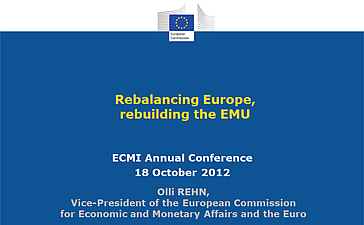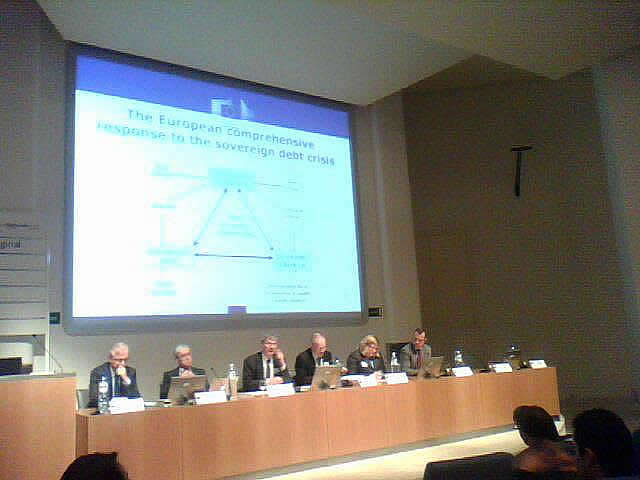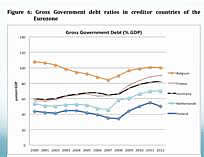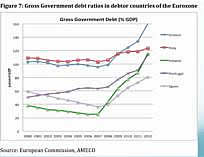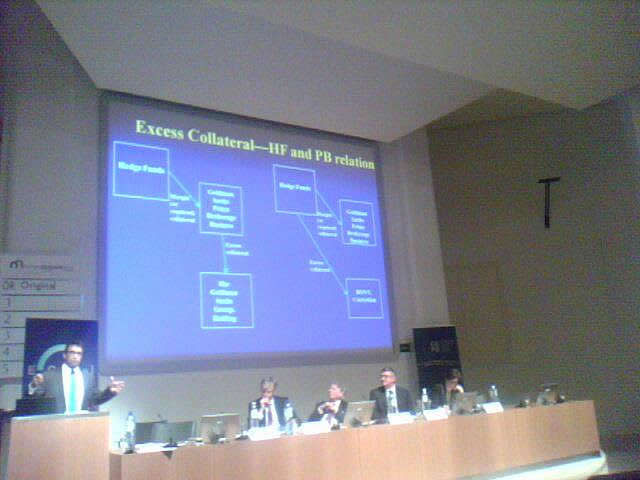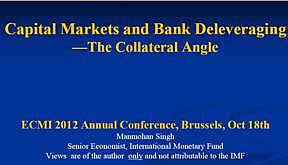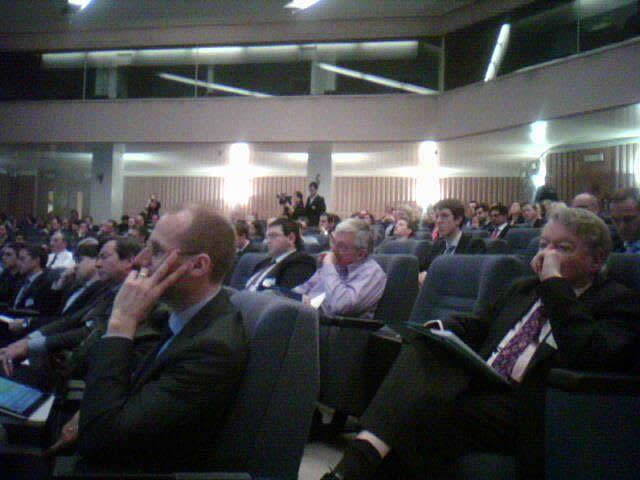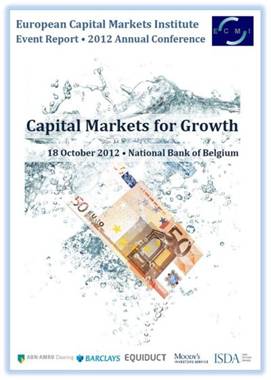This year’s event focused on important challenges facing Europe's financial markets. Financial fragmentation remains a drag on some national economies and one session questioned whether the creation of the Banking Union can reverse the trend without a fiscal backstop to the resolution mechanism. A second session discussed how the law can shape liquidity in the financial system before a financial crisis, with its implementation, and afterwards, with its relaxation. Nevertheless, there was broad agreement that more robust action to increase capital provisions for banks and to pursue similar actions in shadow banking activities are needed. The third session discussed the microstructure of financial markets and how high-frequency trading is reaching the end of its run given the risks it poses to market functioning. The panel discussed whether we are approaching the end of continuous trading. |
 |
|
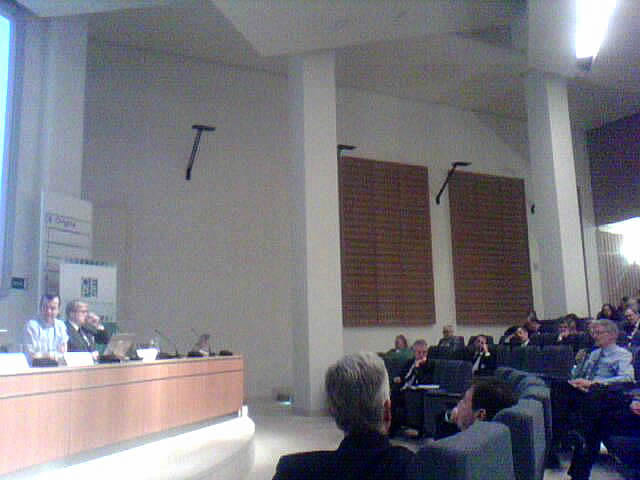 |
 |

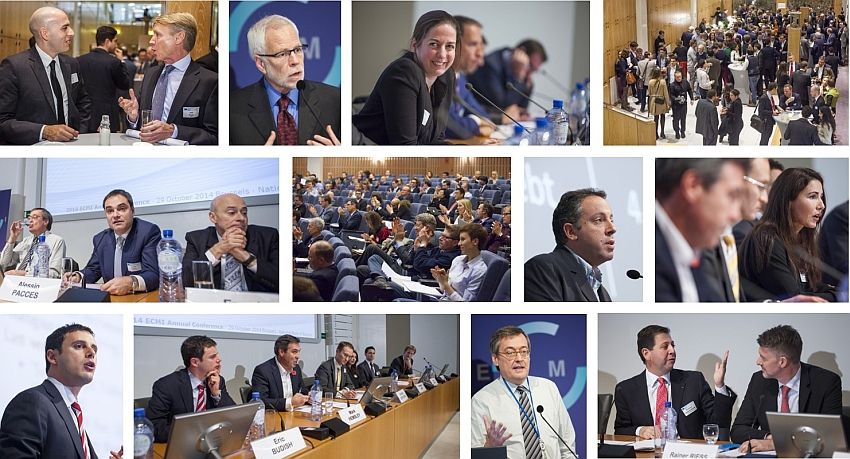
The European Commission’s new Action Plan for Capital Markets Union, unveiled on September 30th, consists in a nutshell of a short list of technical proposals and a longer one of (rather general) potential actions. Overall, the plan indeed proposes to achieve some short-term objectives, such as a reduction of listing costs for SMEs, but it lacks long-term vision. The plan bundles actions under rather generic objectives of long-term finance or cross-border investing. Improving the informational infrastructure (e.g. accounting standards, company data) and cross-border enforcement of rules is left to vaguely defined future actions, but these constitute the core of the capital markets infrastructure. Without a well-defined set of measurable objectives, the whole plan may lose political momentum and become an opportunity for interested parties to cherry pick their pet provisions. Building a single market, i.e. removing cross-border obstacles to capital circulation, is too challenging a task to simply appear as one of many items on a long list of general objectives, which incidentally do not include institutional reform. The ultimate risk is that the Commission may just miss a unique opportunity to revamp and improve the financial integration process in Europe after almost a decade of harmful retrenchment. Read the pubication
How can EU institutions set long-term goals with highly volatile market conditions? The action plan for the creation of a capital markets union has drown attention to a renewed regulatory and institutional design to support greater financial and economic integration. This year's conference discussed how EU institutions can set long-term goals in the presence of highly volatile market conditions. Jointly organised with the Brevan Howard Centre for Financial Analysis, Imperial College London, the conference consisted of four sessions with keynote speeches and presentations, followed by panel debates.
Sessions:
- Law and Finance: Europe’s Capital Markets Union: What is the ‘long-term’ view?
- Macroeconomic and institutional Outlook: Quantitative easing, asset prices and economic growth
- Market Structure: The rise of asset management and capital market-based financing: A cyclical or a structural shift?
- Crisis management: Unravelling Penelope’s web: Crisis management and resolution of financial market infrastructure.
Conference report:
Presentations by Lord Jonathan Hill, European Commissioner for Financial Stability, Financial Services and Capital Markets Union (Session 1), Paul G. Mahoney, David and Mary Harrison Distinguished Professor of Law, Arnold H. Leon Professor of Law, Dean, University of Virginia School of Law (Session 1), Florencio Lopez de Silanes, Professor of Finance and Law, EDHEC Business School (Session 1), Marianne Nessén, Head of Monetary Policy Department, Sveriges Riksbank (Session 2), José-Luis Peydró, ICREA Professor of Economics, Universitat Pompeu Fabra and Barcelona GSE (Session 2), Olivier De Bandt, Director of Research at the Prudential Supervision Authority, Banque de France (Session 2), Perry Mehrling, Professor of Economics, Barnard College, Columbia University (Session 3), Albert Menkveld, Professor in Financial Economics, VU University Amsterdam (Session 4), Sheri Markose, Professor of Economics, Essex University (Session 4)

